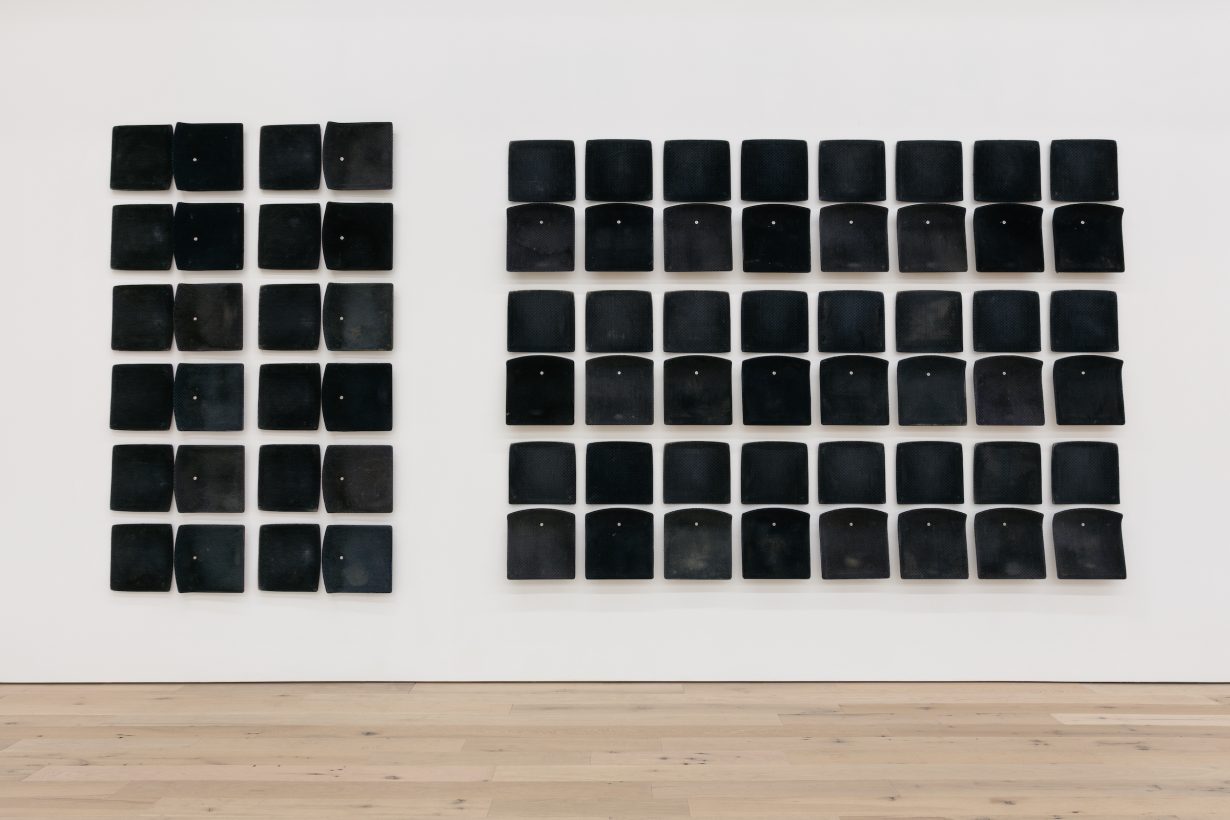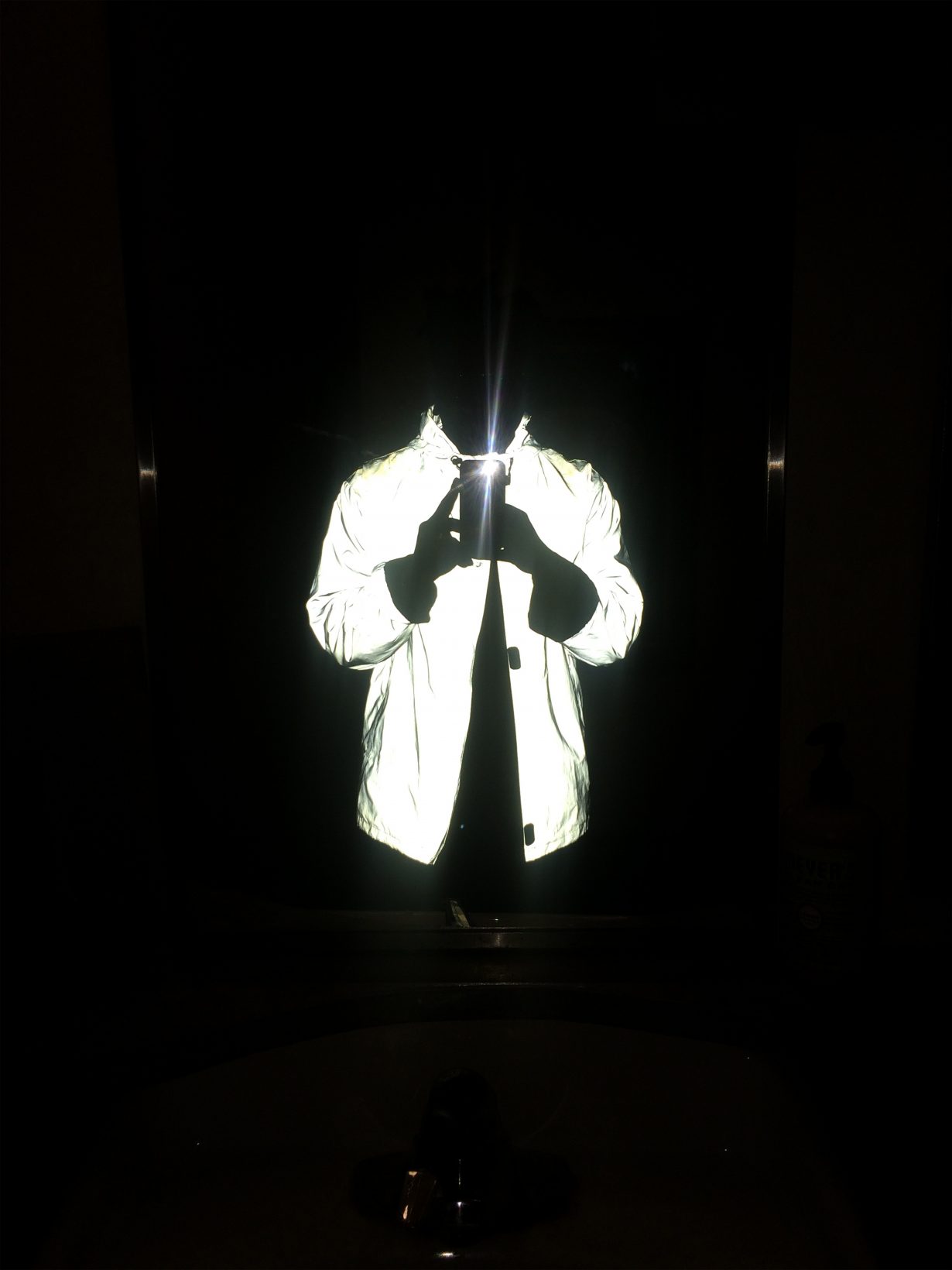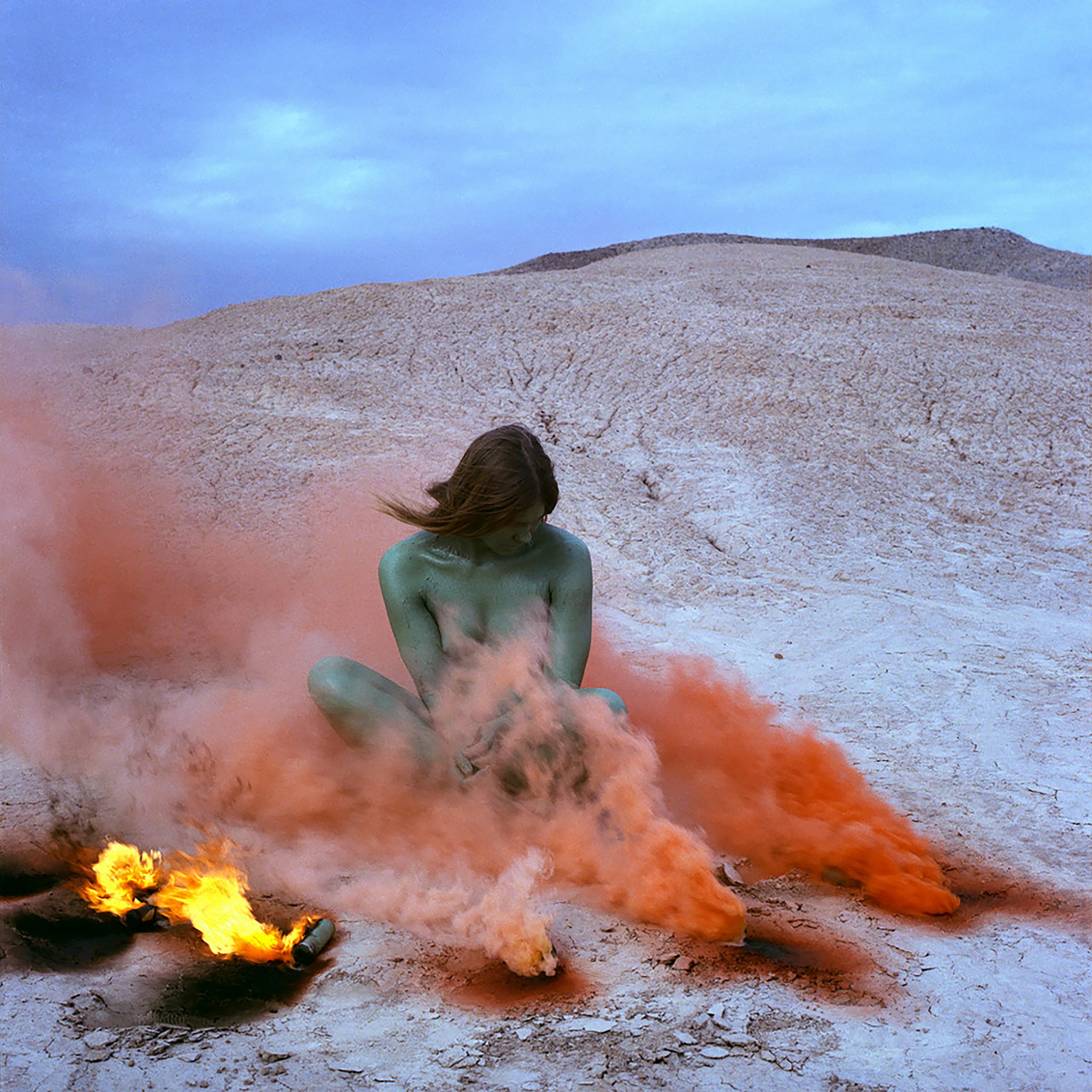The Condition of Being Addressable at ICA LA takes its lead from Judith Butler to mine the spaces where bodies, language and visual life collide
Is language an affliction? The exhibition’s title quotes theorist Judith Butler’s response to a question about why ‘language is hurtful’, excerpted in Claudia Rankine’s Citizen: An American Lyric (2014). For Butler, language is one distressing result of sharing a world with other people. We are exposed to each other and create categories (race, sexuality, gender) that constrain unique subjectivities. These categories, for guest curators Marcelle Joseph and Legacy Russell, appear in the strange, violent collisions of language and visual life, uniting 25 international, intergenerational artists in this exploration of identity, visibility and power.
Pain and discomfort are central in the exhibition. In Judy Chicago’s Immolation (1972), red smoke obscures the nude body of a female figure in green body paint. Evoking political events of the era, her pose recalls those of the Vietnamese monks who set fire to themselves in protest against the Vietnam War. Elsewhere, Jessica Vaughn’s After Willis (rubbed, used and moved) #012 (2022) rearranges the worn, stained seats from Chicago public transit vehicles historically used to bus Black students into predominantly white schools, placing them vertically along a wall. Fifty years apart, Vaughn and Chicago recontextualise the material results of oppressive governmental policy, reckoning with the destructive ways state power affects marginalised groups.


Photography and video contends with how omnipresent technologies both enable and negate the representation of the body: in Tiona Nekkia McClodden’s The Backlight 5.10.2016 (2016), a smartphone camera flashes at the artist’s lens. The bright light illuminates a white jacket, throwing the rest of the image into dark contrast and rendering the photograph’s Black subject inseparable from the background. Anaïs Duplan, in The Lovers Are the Audience Who Watch (2019), ‘datamoshes’ frames of found footage from popular music videos and documentaries, a technique that partially destroys digital images and text, forcing faces and scenes to melt into one another. Miatta Kawinzi’s sweat/tears/sea (2017) features a first-person speaker who is broken down over the video’s course, resulting in disjointed letters placed over images of beachy landscapes. Image-based technology allows us to capture ourselves, but only under its terms, fracturing the depiction of subjectivity.
Joseph and Russell take a broad approach to Butler’s ideas: here, language produces a landscape of images, icons and symbols that is both inevitable and confining. These are works that contend with the complex, painful processes of identity and self-making, ruminating on the relationships between people and power, body and earth, language and living.
The Condition of Being Addressable at Institute of Contemporary Art, Los Angeles, through 4 September
